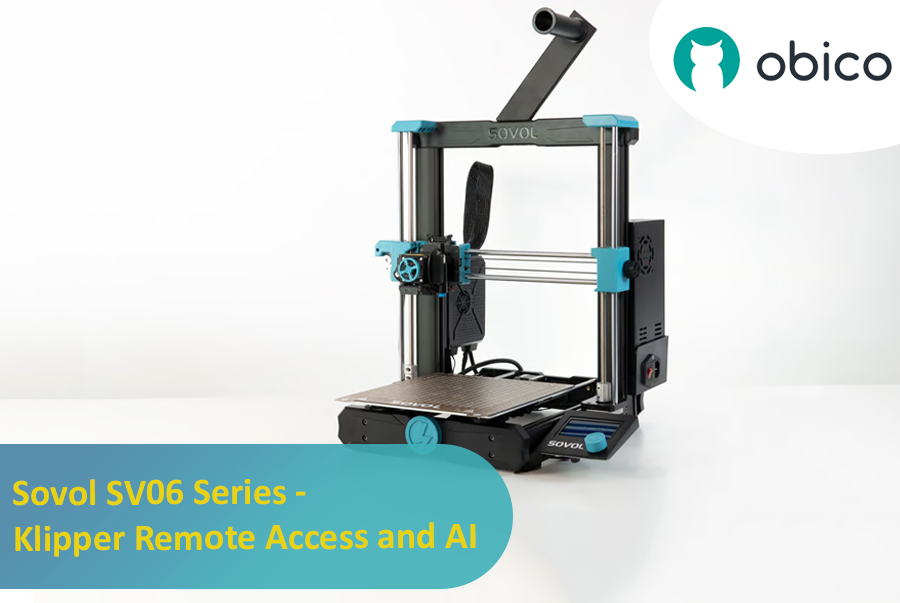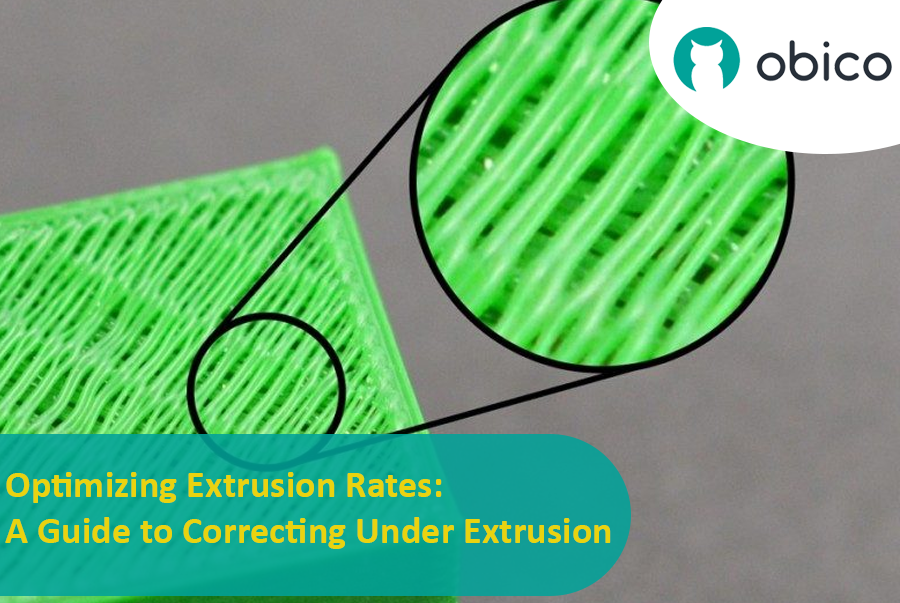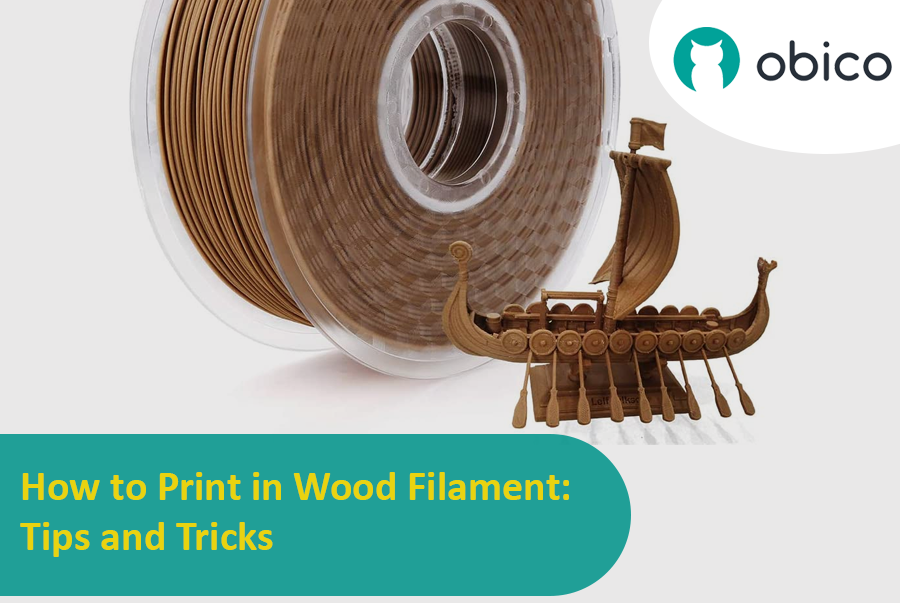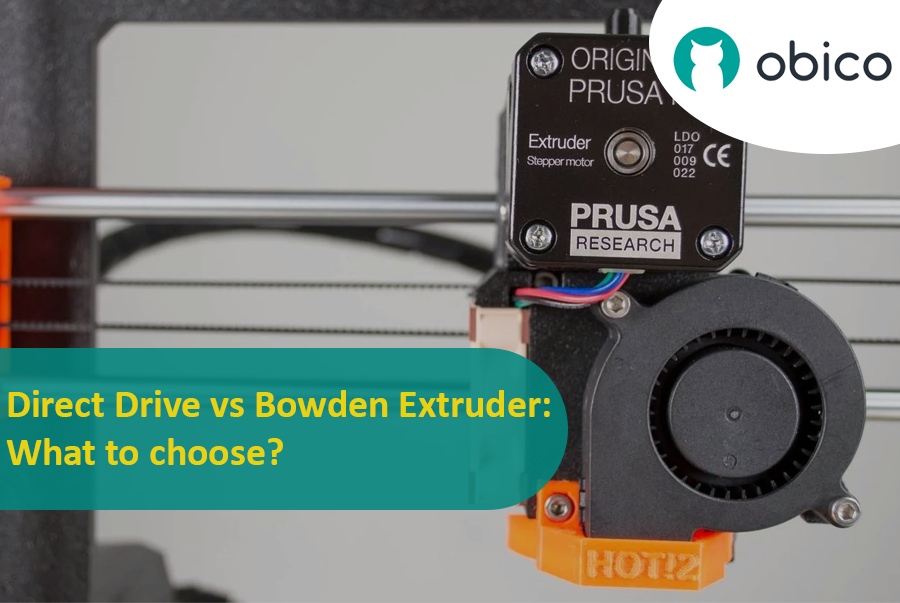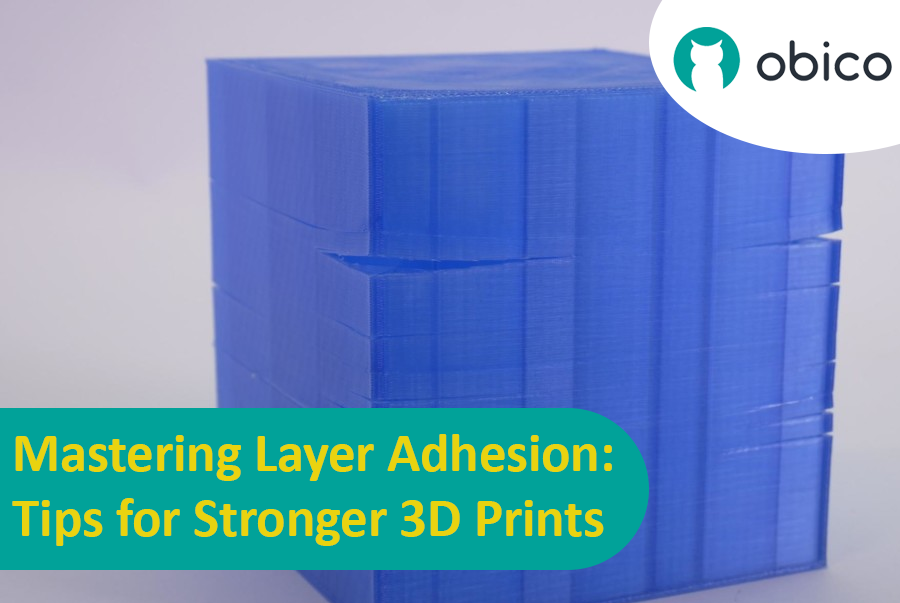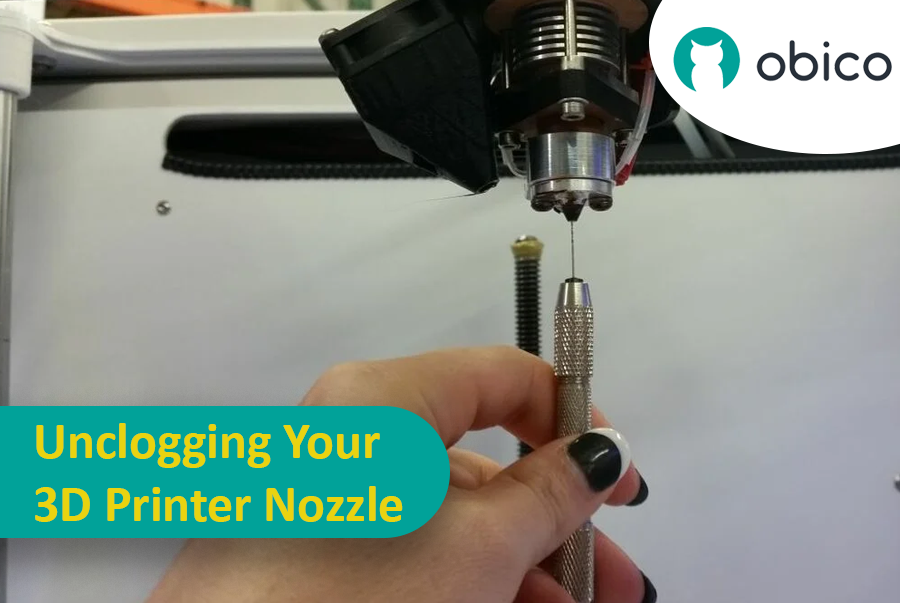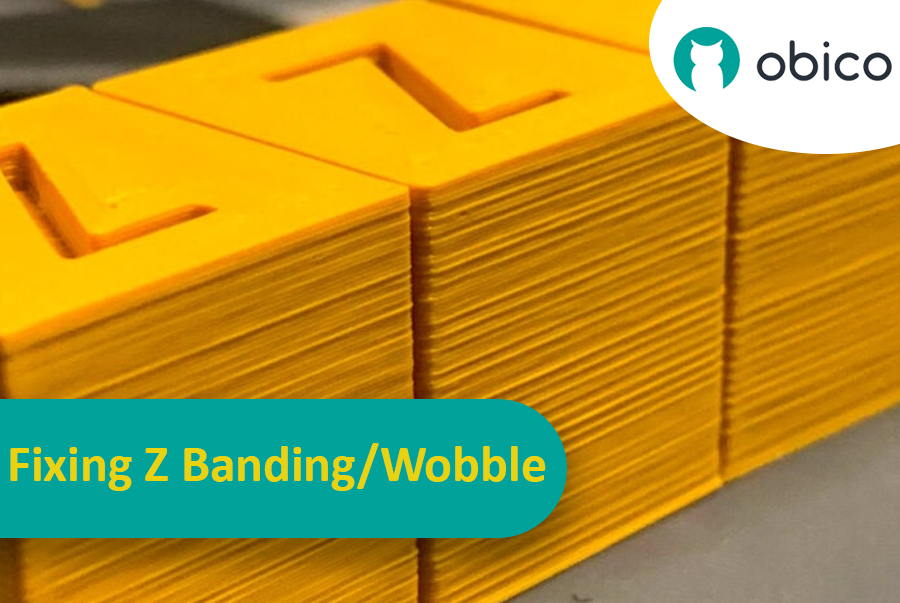Calibrazione della portata in OrcaSlicer: una guida completa
Try JusPrin, the first GenAI 3D printing tool built on OrcaSlicer.
Introduzione
La calibrazione della portata è un passaggio fondamentale per ottenere stampe 3D di alta qualità. Una portata adeguata garantisce una deposizione uniforme degli strati, superfici più lisce e dettagli migliori. In questo articolo, che fa parte di una serie dedicata alla calibrazione di OrcaSlicer, esploreremo il processo di calibrazione della portata utilizzando OrcaSlicer, un software di slicer open source progettato per le stampanti 3D FDM (Fused Deposition Modeling).
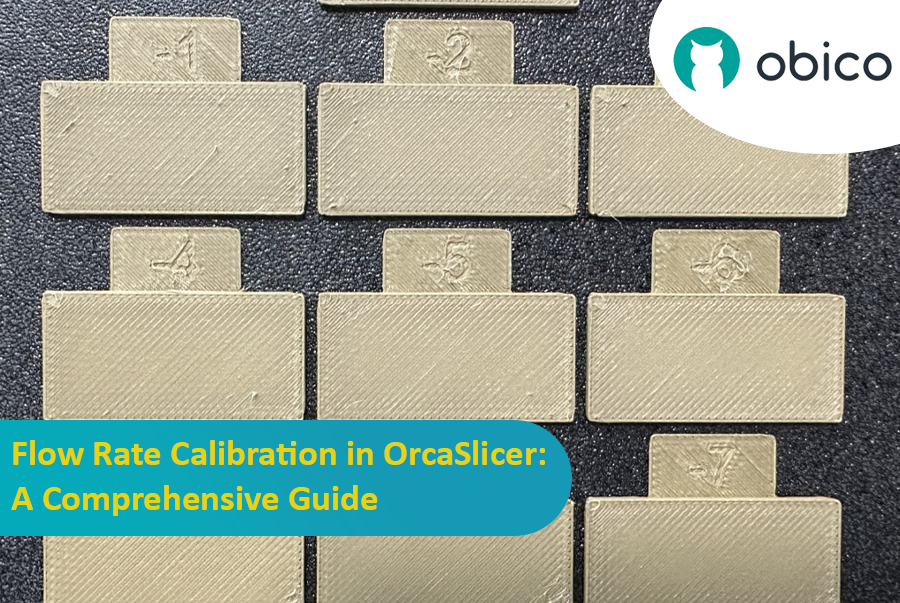
Prima di approfondire il processo di calibrazione della portata in OrcaSlicer, fermiamoci brevemente a capire di cosa si tratta e quali sono le sue caratteristiche principali.
OrcaSlicer: un'opzione potente e flessibile per lo slicing della stampa 3D
OrcaSlicer è un software open-source per la creazione di slicer per la stampa 3D, progettato per stampanti FDM. È progettato principalmente per stampanti compatibili con i firmware Marlin, Klipper e Bambu Lab. Supporta diversi modelli popolari di marchi come Creality, Prusa, Elegoo e persino la Voron open-source.
Albero genealogico di OrcaSlicer:
OrcaSlicer si basa su Bambu Studio, che a sua volta deriva da PrusaSlicer. PrusaSlicer, a sua volta, si basa sulla soluzione open source Slic3r.

